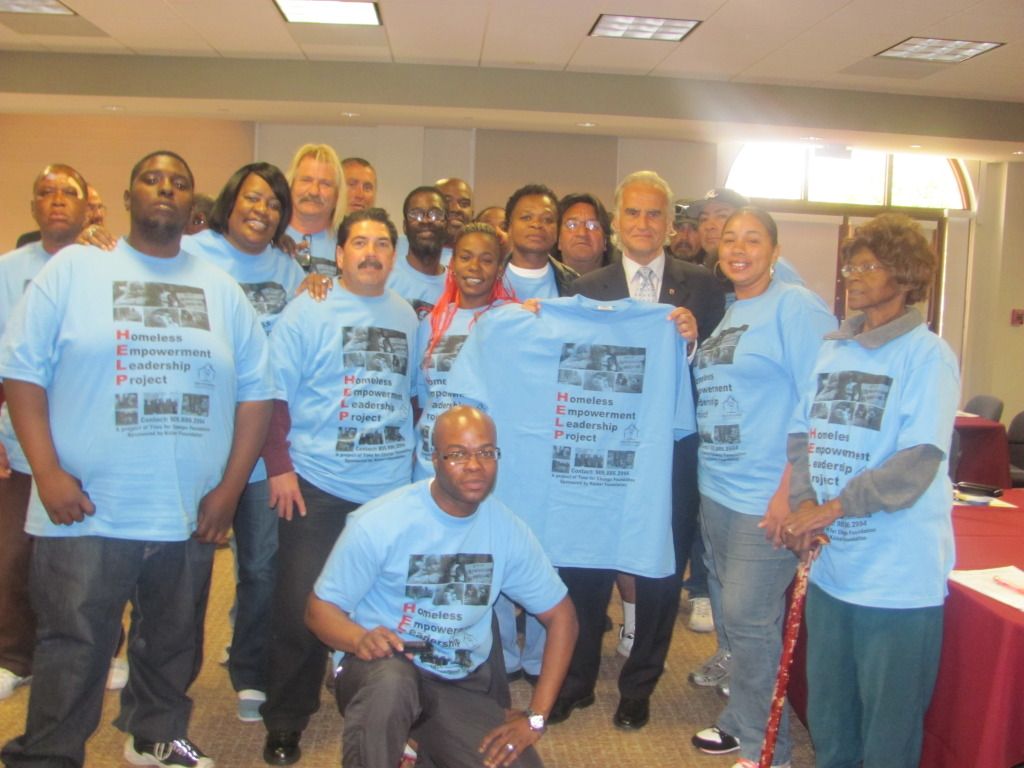California added 365,100 nonfarm jobs in the year ending in July, a 2.6 percent increase and the state’s largest 12-month gain since 2000. Texas picked up 222,500, or 2.1 percent, according to U.S. Labor Department statistics. California also outpaced Texas the prior month.
Texas led California in job creation in 18 of the last 24 months, since August 2010, the first month both states posted employment gains following the longest recession since the 1930s. The latest numbers show that California has defied comparisons with financially troubled Greece, including a joking reference by Republican presidential candidate Mitt Romney earlier this month.
“What these new figures do is drive a stake through these weak Republican talking points,” said Gil Duran, a spokesman for California’s Democratic governor, Jerry Brown. “California jobs are coming back at a higher rate here. We hope that happens everywhere.”
To be sure, California is the only state where three cities have filed for bankruptcy in the past two months. The state’s unemployment rate of 10.7 percent in July was the third-highest in the U.S., trailing only Nevada and Rhode Island. Texas ranked 30th with a jobless rate of 7.2 percent, beating the national average of 8.3 percent.
Austin Delegation
Texas’s economic performance impressed California Assemblyman Dan Logue enough that the Republican from Linda organized a delegation of California lawmakers and Lieutenant Governor Gavin Newsom, a Democrat who was San Francisco mayor, to Austin in April 2011.California’s job picture reflects the depth of the recession in the state, where the economy relies more on housing and construction than energy-dependent Texas, said Christopher Thornberg, principal of Beacon Economics LLC in Los Angeles.
“California got hit a lot harder than Texas during the downturn,” Thornberg said. “We hit the ground pretty damn hard, so you’d expect more of a bounce back.”
The increase runs counter to the notion that growth favors states with lower taxes. California, the world’s ninth-biggest economy, has the highest statewide sales tax in the U.S., at 7.25 percent. That would rise to 7.5 percent if voters approve a November ballot initiative. The income tax rate for those making $1 million or more a year, now 10.3 percent, would rise to 13.3 percent, the most of any state.
Income Tax
Texas, the 13th largest economy if it were a country, has no income tax. Most state revenue comes from a 6.25 percent sales levy.“Texas is still the model for job creation and economic growth in this country,” said Josh Havens, a spokesman for Governor Rick Perry, a Republican.
The state that was once a sovereign nation will maintain economic growth by following Perry’s policies of “low taxes, restrained spending, reasonable and predictable regulations, and a fair judicial system,” Havens said by e-mail.
Texas has higher general-obligation credit ratings than California from both Moody’s Investors Service and Standard & Poor’s, meaning the state can borrow at more favorable rates. Both states received top ratings for short-term notes they sold in August. Texas completed a $9.8 billion sale of one-year notes Aug. 21 at yields of 0.23 percent, a week after California paid 0.33 percent to 0.43 percent on $10 billion in short-term notes.
State Rivalry
The rivalry between the two most-populous U.S. states came into relief in April 2011 when 10 Republicans and a Democrat from California’s Legislature, accompanied by Newsom, visited Texas to study its job-creation strategies. That month, Texas’s year-over-year job growth of 254,400 was more than 100,000 higher than California’s.Logue attributes much of the growth to early implementation of President Barack Obama’s health-care program. Educational and health-care employment grew 3 percent in the year ended in July, California’s Employment Development Department reported. The biggest increase was in professional and business services, at 5.4 percent.
Newsom, a Democrat elected separately from Brown, said lingering difficulties such as negative equity on 2 million homes in the state’s Central Valley threaten to hold back California’s recovery.
‘Structural Problems’
“We may have another year or two of a recovery based on low-hanging fruit, but we still haven’t dealt with our structural problems,” Newsom said. “It’s good to be on the other side of bragging rights in terms of our competitive position with Texas, but we need to be cautious about reading too much into that.”California and Texas have different strengths. Texas has a lower cost of living and fewer regulations, while California has a more educated workforce and availability of venture capital, said Ray Perryman, a Waco, Texas-based economist.
“Both states have fiscal challenges, though California’s is somewhat more severe,” Perryman said by e-mail. “Texas has had the lead in that arena for some time, but long-term investments in education and infrastructure (primarily roads and water resource development) will be needed to sustain it.”
Moving Out?
Andrew Puzder, an executive who joined California’s delegation to Texas, said he’s no longer considering moving his company’s headquarters from Carpinteria to escape the state’s taxes and regulations. Puzder is chief executive officer of CKE Restaurants Inc., which operates the Carl’s Jr. and Hardee’s fast-food chains.
Most economic recoveries are led by manufacturing and construction, with professional services gaining afterward, said Puzder, co-author of the book “Job Creation: How It Really Works and Why Government Doesn’t Understand It.”
“Professional and business services are people who generally are not involved in creating wealth,” Puzder said. “They’re involved in managing and directing wealth.”
To contact the reporters on this story: James Nash in Los Angeles at jnash24@bloomberg.net; Darrell Preston in Dallas at dpreston@bloomberg.net
Via Bloomberg


